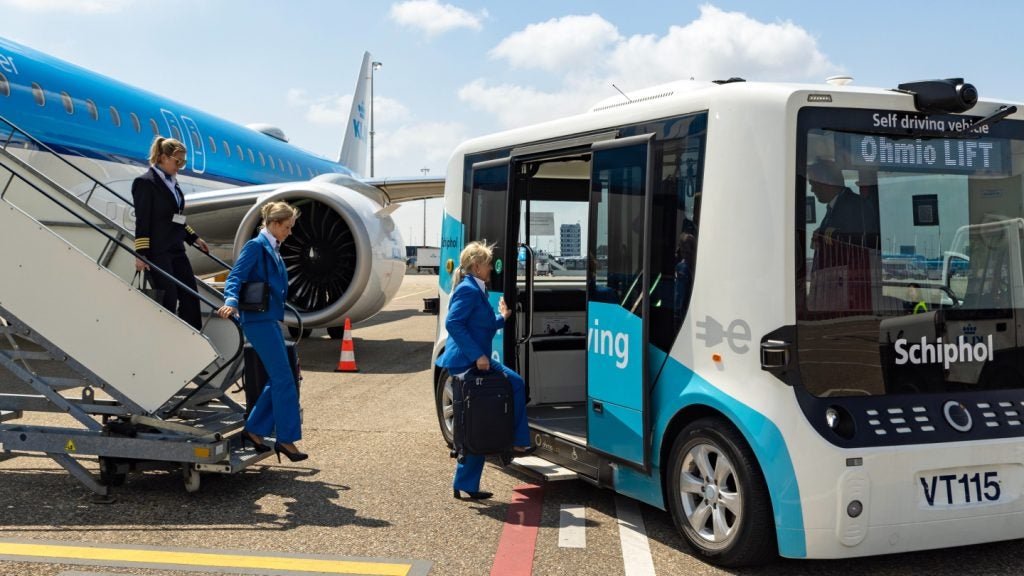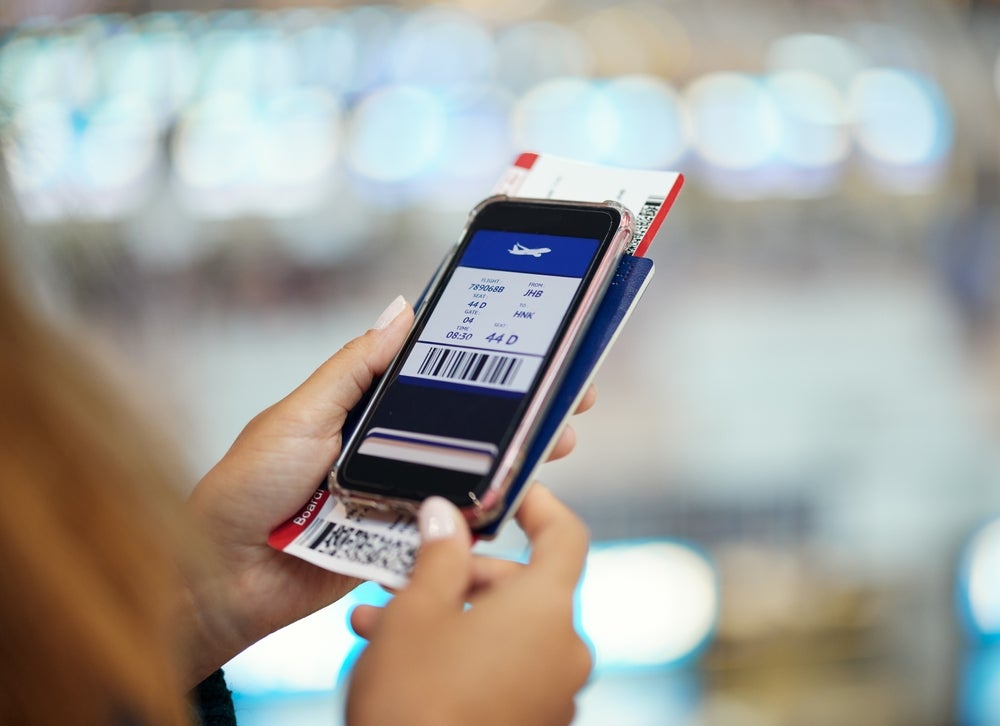SITAONAIR and Brazil’s Department of Airspace Control (DECEA) have collaborated to expand ATS datalink services for main airports in Rio de Janeiro and São Paulo.
The collaboration will improve aviation safety and efficiency between the airports.
Currently, DECEA is expanding ATS datalink services for departure clearance (DCL) and digital ATIS (d-ATIS) for control towers at both Santos Dumont and Campinas airports after successful datalink installations.
During the preparation for the World Cup and Rio Olympics in Brazil, SITAONAIR introduced datalink technology in 23 airports within the country.
At present, Brazilian airlines such as TAM, GOL and Azul represent nearly 91% of total generated traffic, while more than 3.5 million d-ATIS and DCL messages are transmitted annually.
DECEA operations head brigadier Luis Ricardo Nascimento said: “Following the major success of our existing airport datalink services, we are pleased to be working with SITAONAIR again to further expand services to important regional and international aviation hubs at Santos Dumont and Campinas airports.
How well do you really know your competitors?
Access the most comprehensive Company Profiles on the market, powered by GlobalData. Save hours of research. Gain competitive edge.

Thank you!
Your download email will arrive shortly
Not ready to buy yet? Download a free sample
We are confident about the unique quality of our Company Profiles. However, we want you to make the most beneficial decision for your business, so we offer a free sample that you can download by submitting the below form
By GlobalData“Our relationship with SITA, and now SITAONAIR, stretches back to the deployment of an ACARS VHF system in 1985, and we are very happy to continue making use of SITAONAIR’s vast aviation experience today.”
The latest announcement is expected to play a crucial role in the ongoing transformation and modernisation programme across Brazilian airspace and airport infrastructure.
SITAONAIR Air Traffic Solutions director François Bardin added: “As well as the benefits to DECEA itself, the latest announcement marks another important step in the region’s connected aircraft revolution, allowing airlines and passengers in Brazil an even greater level of safety and efficiency.
“By improving the accuracy of their communications and allowing information to be transmitted at any stage of the flight, workloads for both air traffic controllers and pilots will be reduced, ultimately delivering an improved service for the ever-increasing volume of passengers in the region.”







